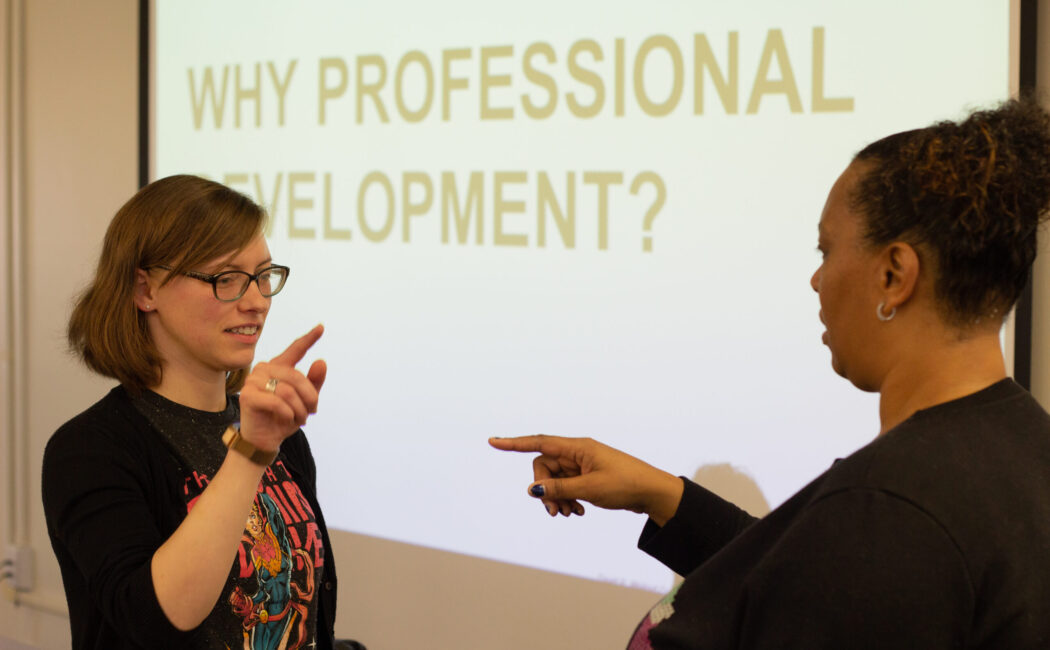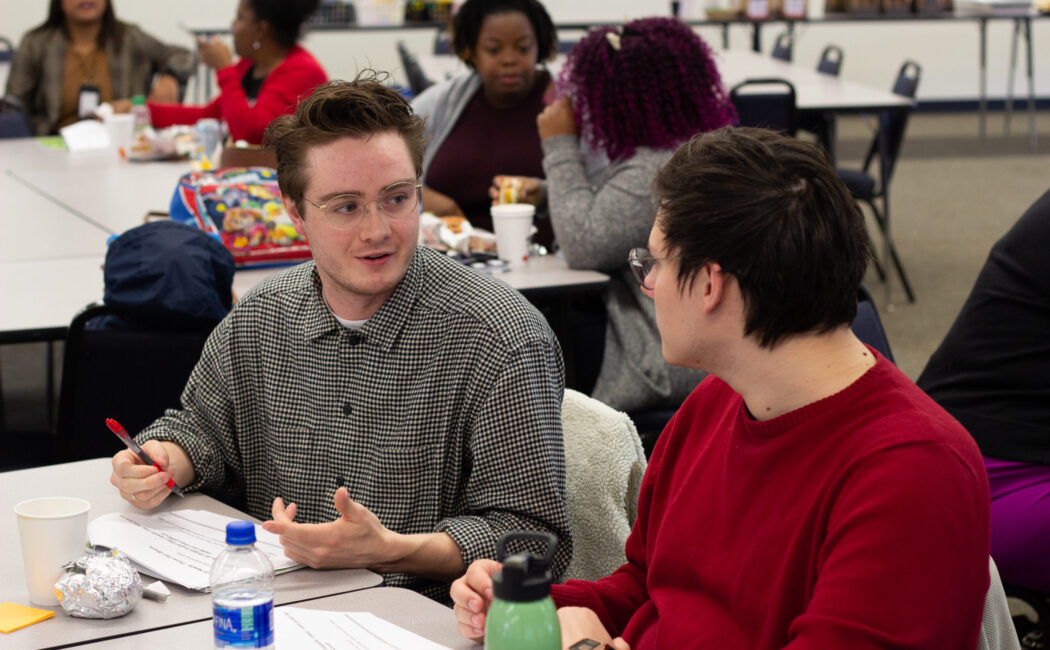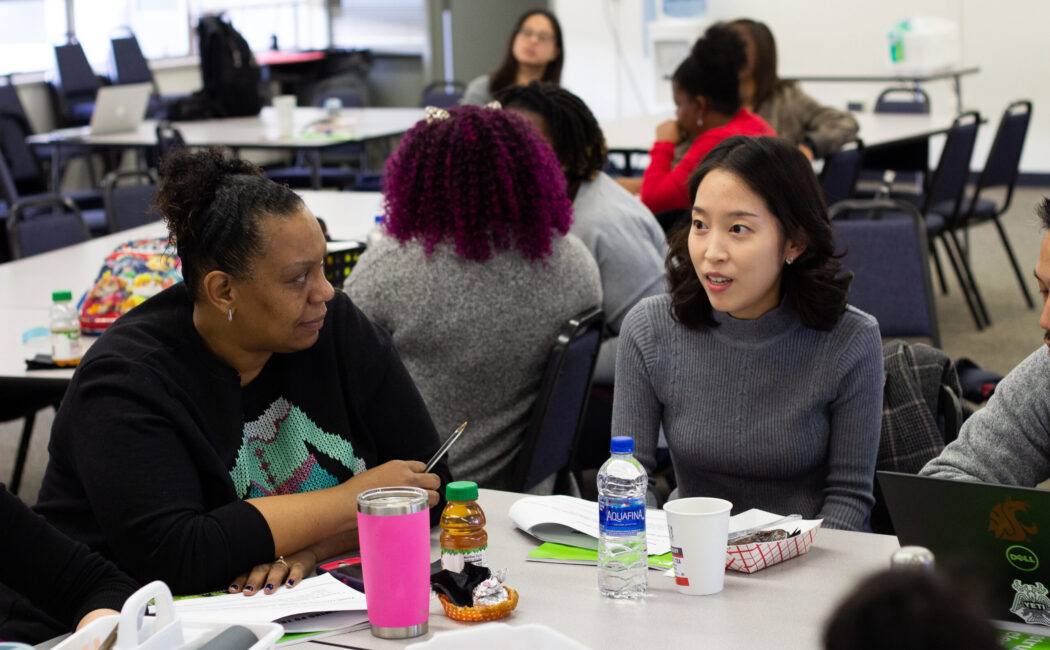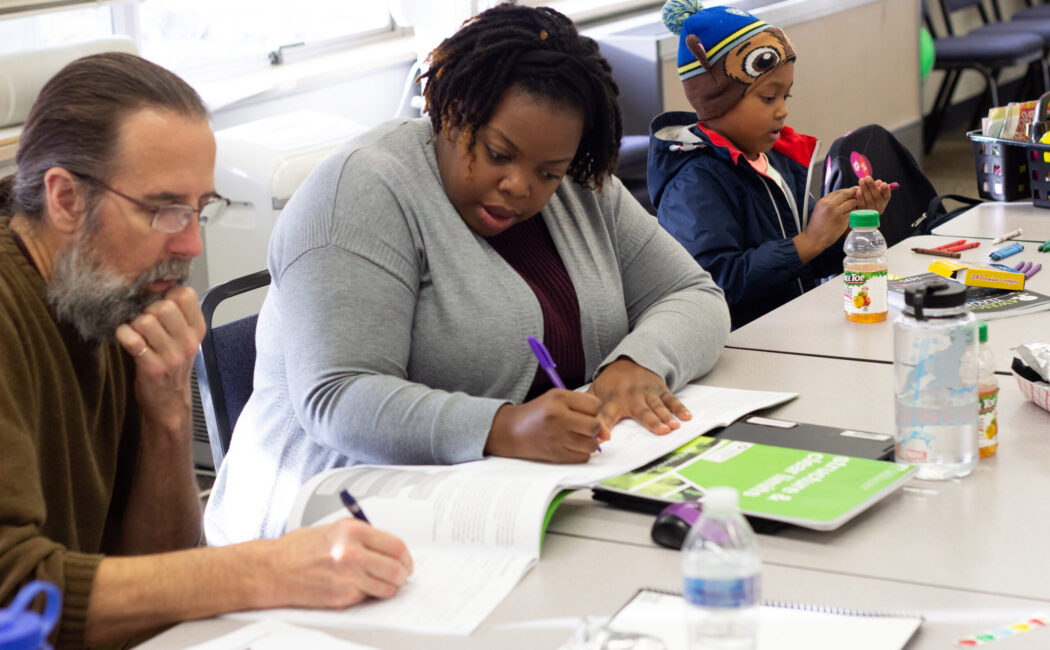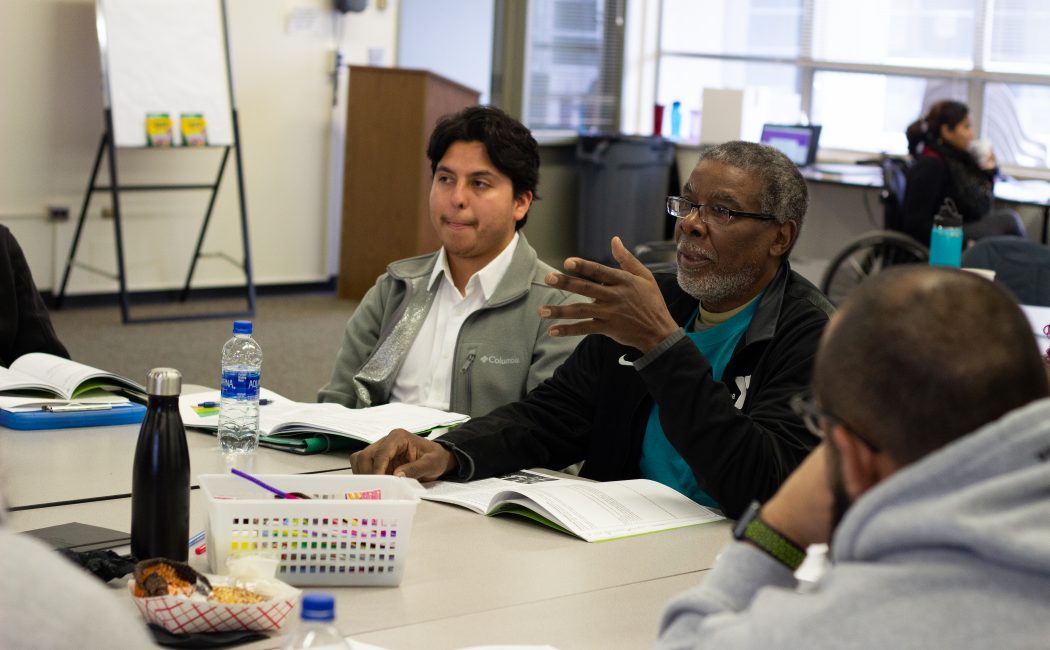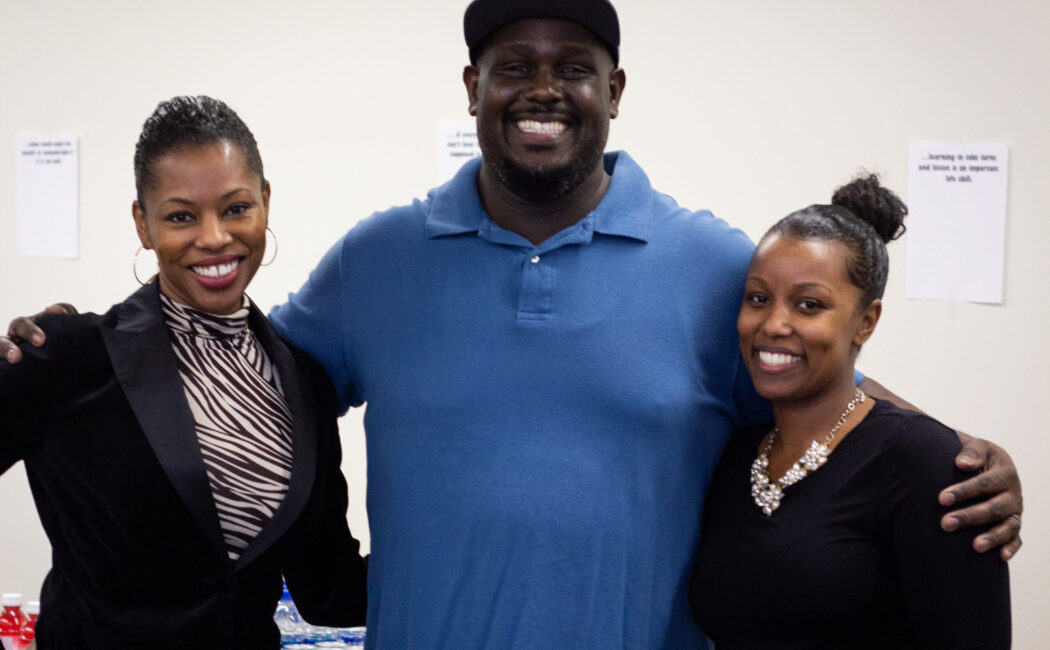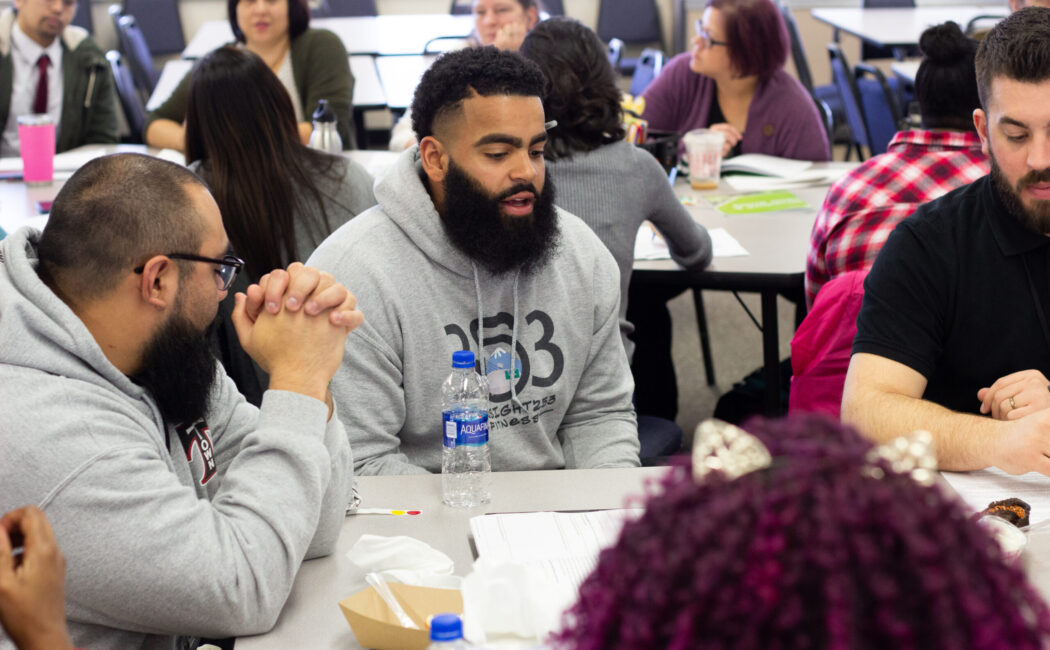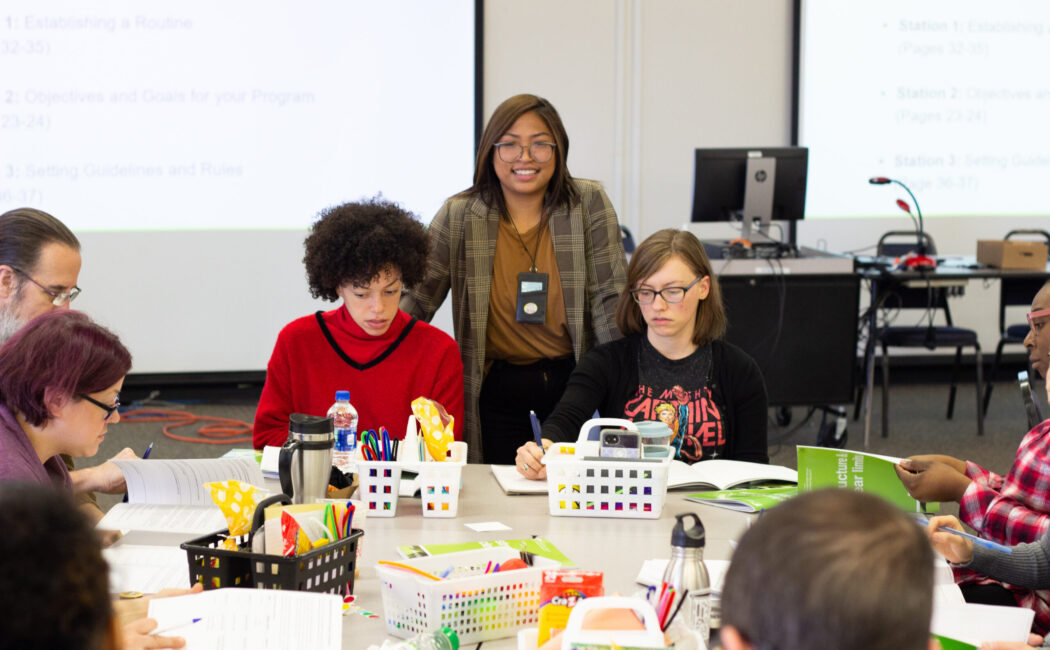
Community
9
2020
Simple Strategies Help Students (and Adults) Move Through Challenging Emotions
An easy way to soothe stress is right at your fingertips. Using your forefinger, slowly draw a sideways figure 8 in the air. Breathe in as you move your finger to the right. Breathe out as your finger closes the loop. Repeat drawing the figure with the breaths as many times as it takes to get calm.
“I have noticed that when students have had their time to decompress after the school day and we create a smooth transition to the ELO space, attendees have greater focus and outcomes when we get to our discussion and activity time.”
This technique was one of many that Jessi McDonald of Tacoma Tree Foundation, and 28 other educators learned during a recent training for Expanded Learning providers who lead after-school programs through the Tacoma Whole Child partnership. Jessi’s program, Nature Explorers, gives students the opportunity to explore and learn about nature through outdoor challenges and art activities.
“I am excited to learn more in the future trainings and be able to take all of the things I learn with me for the rest of my life.”
One of the goals of this training was to teach providers like Jessi how to incorporate Social-Emotional Learning skills into their programs in order to help students learn how to effectively navigate through challenging emotions. Although Jessi’s program focuses on nature, getting training about emotional learning is important, “because they help me understand the students better, and it helps all of us feel less overwhelmed by our emotions.”
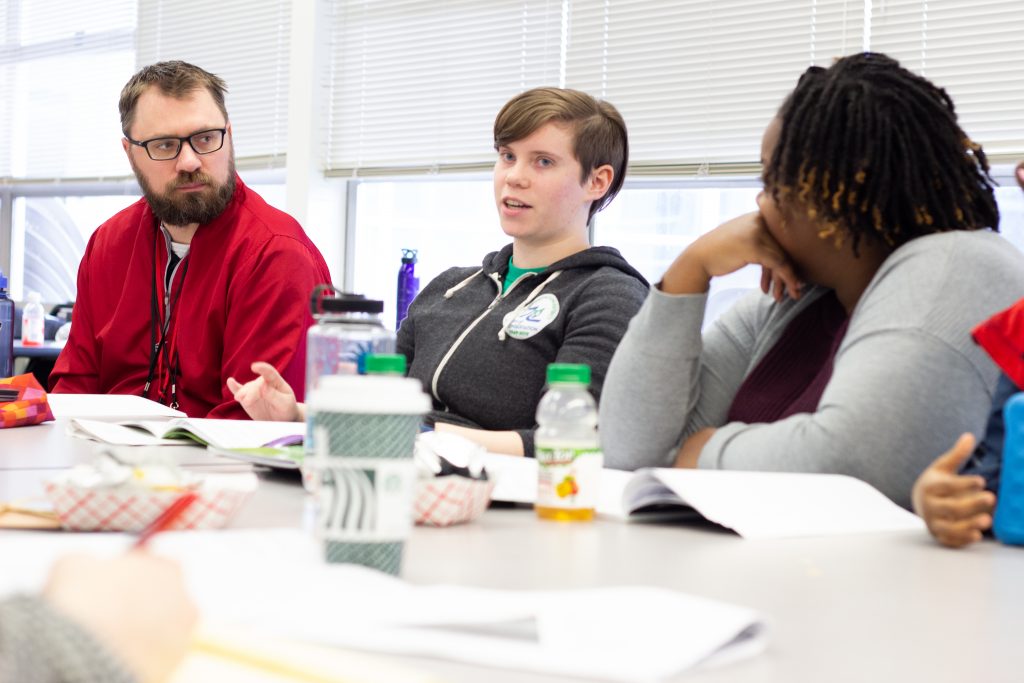
“I liked the idea of the “cool down corner” where students have a place they can go sit when they need to take a break from the group and be by themselves for a few minutes.”
GTCF Whole Child Program Associate, Kayla Davis explains exactly what students are learning through these exercises, “We’re showing students how to think about what may be causing them to be in a particular [emotional] Zone and providing tools and support to help them move [emotional] Zones when they are in one that makes it difficult for them to learn or safely participate with others.”
Expanded Learning providers who participated in the training saw the value of using these tools to support their work with students. Leah Grant of Snapology, a program that provides interactive STEM programs using Legos and other tech building toys, said, “I liked the idea of the ‘cool down corner’ where students have a place they can go sit when they need to take a break from the group and be by themselves for a few minutes.”
“The ability to regulate emotions and overcome challenging situations is absolutely essential to these students being able to succeed in the workplace, maintain healthy personal relationships, and make a positive impact on their communities.”
Maya Ewings has already seen the difference it makes for students, “I have noticed that when students have had their time to decompress after the school day and we create a smooth transition to the ELO space, attendees have greater focus and outcomes when we get to our discussion and activity time.” Maya’s program, Her Village, is a mentorship group that promotes positive identity and emotional integrity for young girls.
Kayla believes that if students learn now, at a young age, how to self-regulate and move themselves through challenging emotions it will help them thrive as adults. “The ability to regulate emotions and overcome challenging situations is absolutely essential to these students being able to succeed in the workplace, maintain healthy personal relationships, and make a positive impact on their communities.”
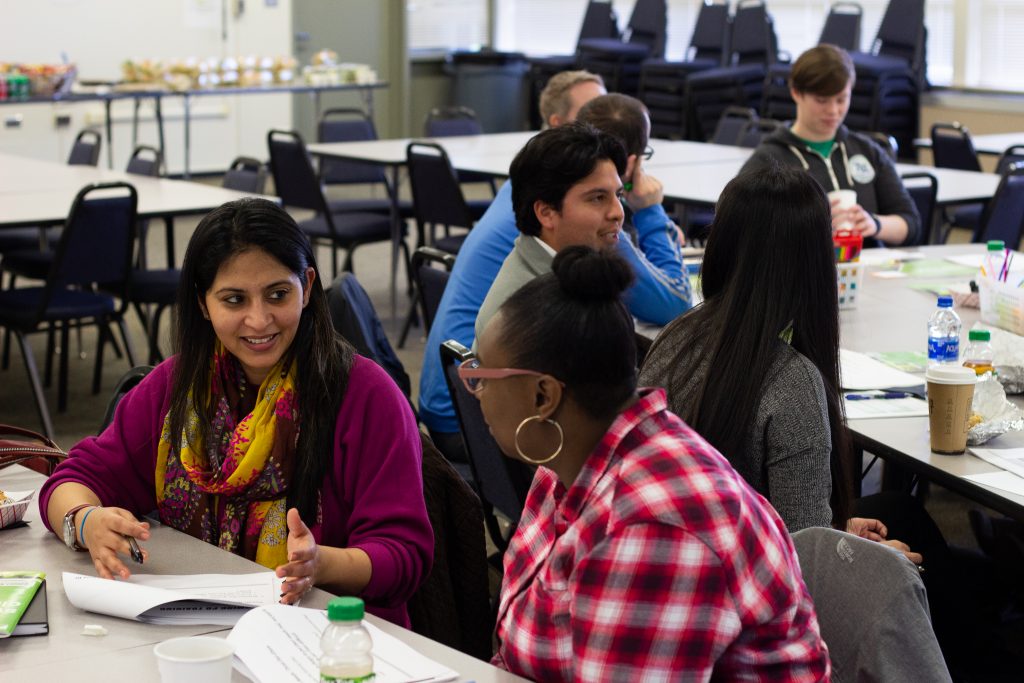
While the training was designed to show Expanded Learning providers how to teach students techniques they can use to regulate their emotions, Kayla pointed out that it was also valuable for the adults to learn how to use the techniques, “we have our own challenging emotions to deal with sometimes too. These skills really are beneficial for all of us to learn so we can be at our best for our students, co-workers, and families.”
Below are a some of the strategies that were shared at the training, as well as a video from the training that illustrates how these skills are helpful for students and adults.
3 Strategies for Helping Students (and Adults) Move Through Challenging Emotions
1) Ask Open Ended Questions
· Where are you feeling these emotions in your body?
· What do you need from me right now?
· How can I help?
2) Offer Suggestions for Support
· Would you like some time to cool down?
· Do you want to talk with me?
· Would you like to go for a walk?
3) Utilize Activities that Help Create a Sense of Calm
· Mindful breathing exercises
· Take a break in a “cool down” space
· Draw or color a picture
Further Resources
Zones of Regulation
20 Minutes Can Make All the Difference for Students in Expanded Learning

